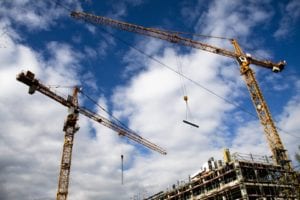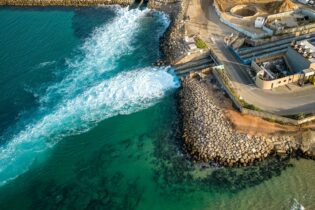 In his reading of the National Budget Speech 2016/17 on 8 June this year, Ugandan Finance Minister Matia Kasaijia noted that funding strategic transport, energy and Information Communications Technology (ICT) infrastructure was a key priority of the Ugandan Government.
In his reading of the National Budget Speech 2016/17 on 8 June this year, Ugandan Finance Minister Matia Kasaijia noted that funding strategic transport, energy and Information Communications Technology (ICT) infrastructure was a key priority of the Ugandan Government.
China Uganda Agricultural Industrial Park
The Government of Uganda (government) has partnered with Kehong Group China for the construction of a $220 million China-Uganda Agricultural Industrial park, which was recently commissioned by the President. The Park is set on 1000 acres and will provide more than 25 000 employment opportunities on completion. There have also been outlines for plans to establish industrial parks in four other districts. Under the project, China will work with over a million farmers to improve rice farming, poultry, livestock, grain processing, and oil and food processing. The project will also focus on seed treatment, machinery and agricultural technology training.Uganda National Roads Authority
In the 2016/17 budget, the government allocated more than Shs. 3 827.54 billion to the works and transport sector in order to improve the condition of transport infrastructure nationwide. Government intends to accelerate the construction and completion of on-going road projects and maintenance of the national, district, urban and community access road networks and numerous bridges across the country. The Uganda National Roads Authority (UNRA), the government entity charged with the construction and maintenance of roads, has also undergone a total overhaul of its management in a bid to fight corruption, waste and inefficiency in the construction of roads.Inland water facilities – infrastructure
In the water transport subsector, the government has continued to prioritise the improvement of inland water facilities through the provision of ferry services and construction of landing sites on Uganda’s major water bodies.Ugandan rail network development
Under the railway subsector, emphasis is mainly on accelerating interventions to revitalise railway transport in Uganda. These will include the design and construction of the Tanga-Arusha-Musoma railway line and the New Kampala Port, as well as the acceleration of the rehabilitation of Tororo-Packwach and Kampala Kasese railway lines. The implementation of the joint Memorandum of Understanding signed between the government, Sudan and South Sudan is also underway. This involves plans for the joint design of the Gulu-Atiak-Nimule-Juba railway line. The redesign of the Kampala–Malaba railway line (251 km) into a standard gauge line is also earmarked as a project to be accelerated. The Standard Gauge Railway was launched in October last year with the route intended to connect Uganda, Rwanda, South Sudan and Burundi. Construction has already started in Mombasa under the operation of China Communication Company. Kasaijia said in the budget speech that government had proceeded with the development of the railway network to reduce damage to roads, lower cost of freight especially for bulky cargo, and increase competitiveness of the economy.Entebbe International Airport upgrade
With regards to air transport; the government intends spending the next five years upgrading Entebbe International Airport, Uganda’s principal international gateway, by improving the quality of operation and through maintenance.The scope of the upgrade includes, among other things, the construction of a new cargo centre, a new passenger terminal, the strengthening of runways, and the replacement of navigational aids.
The cost of the airport rehabilitation is estimated to be around US$ 325 million. In addition, several regional aerodromes, including Jinja, and an airport at Kabale (Hoima) will be fast tracked to aid the development of an oil refinery.






